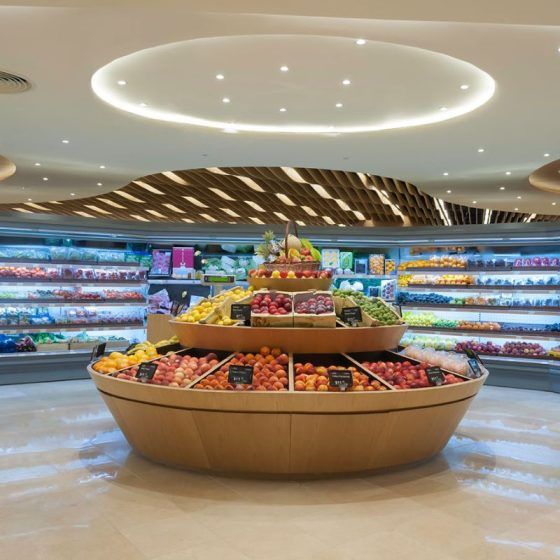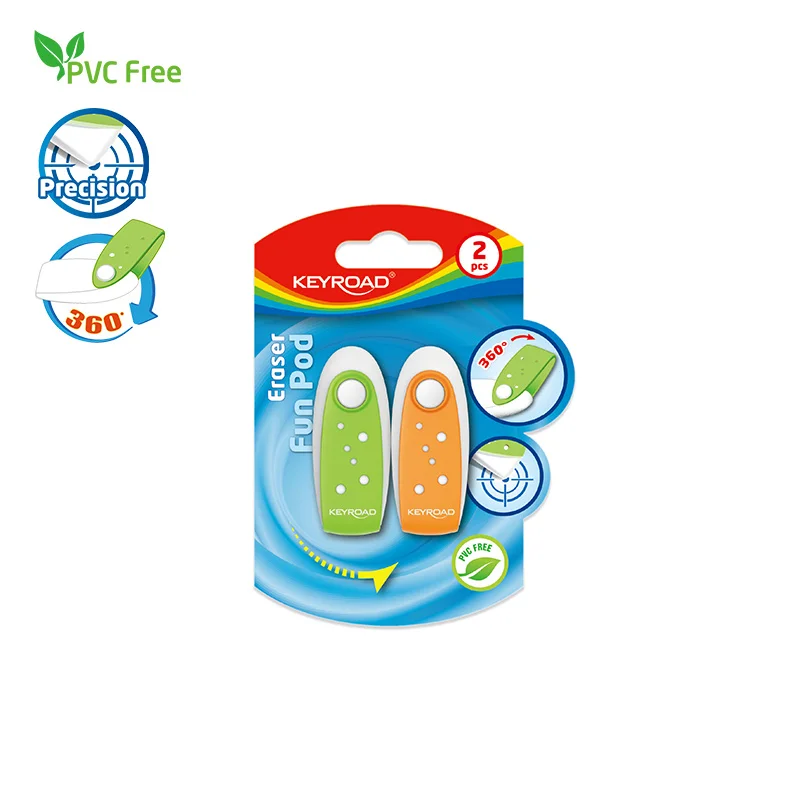
In the ever-evolving world of consumer goods, convenience products have carved out a significant niche for themselves. These are the items that consumers purchase frequently, immediately, and with minimal comparison and buying effort. They are the unsung heroes of our daily lives, the products we often take for granted, yet would find life significantly more challenging without. This article aims to delve into the world of convenience products, exploring their characteristics, importance, and the role they play in shaping consumer behavior and market trends.
Convenience products can be broadly categorized into four types: staple, impulse, emergency, and gratification products. Staple products are everyday items like bread and milk, impulse products are unplanned purchases like candy at the checkout counter, emergency products are items bought in urgent situations like umbrellas during a sudden downpour, and gratification products are those that provide instant satisfaction like fast food.
The primary characteristic of convenience products is their easy availability. They are strategically placed in numerous locations, from large supermarkets to local convenience stores, and even online platforms. This widespread distribution is a key factor in their high sales volume.
Another defining feature of convenience products is their low price. Since these products are often small, everyday items, consumers expect them to be affordable. This affordability, coupled with their easy availability, encourages frequent purchases, further driving up sales volume.
The marketing strategies for convenience products are significantly different from those for shopping or specialty products. The focus is on mass distribution and promotion to achieve high visibility and easy accessibility. Packaging plays a crucial role in this, as attractive and eye-catching designs can significantly influence impulse purchases.
In the digital age, the concept of convenience products has evolved to include digital products and services. Streaming services like Netflix, food delivery apps like Uber Eats, and digital music platforms like Spotify all fall under the umbrella of convenience products. They offer instant gratification, easy accessibility, and regular usage, aligning perfectly with the defining characteristics of convenience products.
The importance of convenience products in the consumer market cannot be overstated. They account for a significant portion of a consumer's regular expenditure and play a crucial role in driving the economy. Moreover, they offer valuable insights into consumer behavior, which can be leveraged to predict market trends and formulate effective marketing strategies.
In conclusion, convenience products are an integral part of our daily lives and the consumer market. They cater to our need for easy accessibility, affordability, and instant gratification, making them a powerhouse in the consumer goods industry. As consumer behavior continues to evolve, so will the world of convenience products, adapting to meet our changing needs and preferences.




